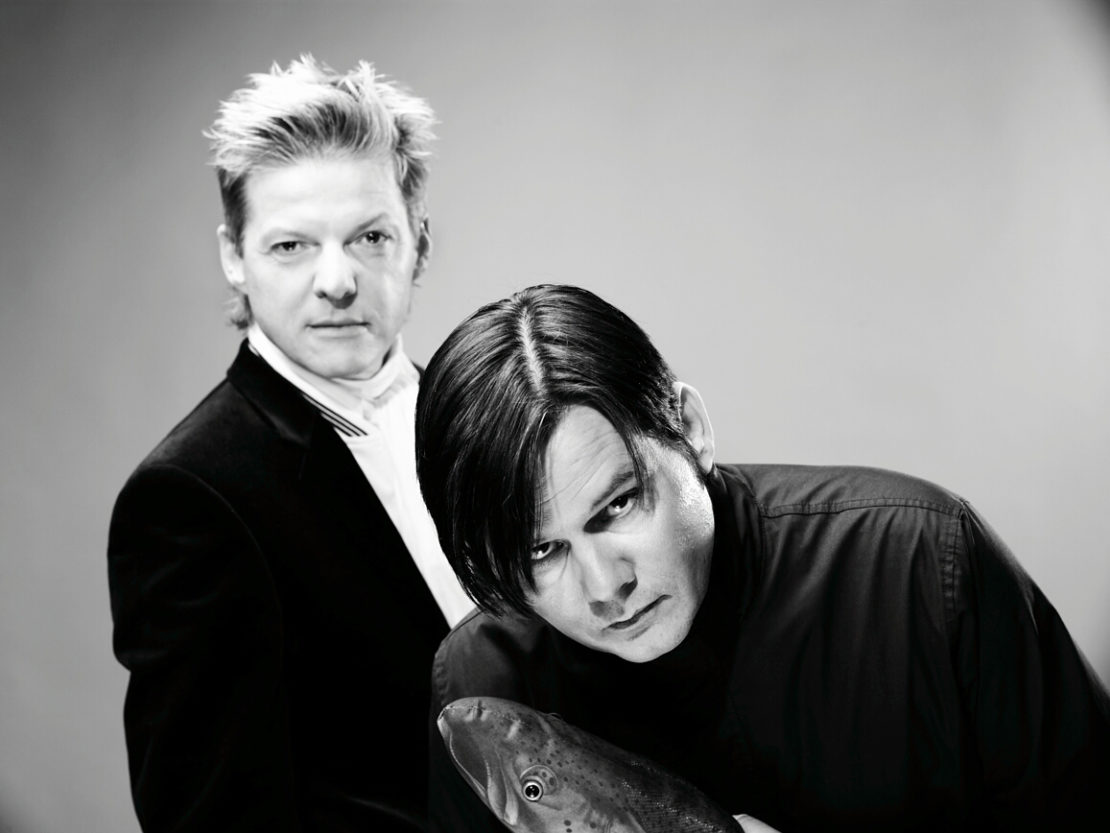
Dance moves: when music burnt itself out
It's the end of the century. We started out on our trip through the innovations in 20th-century dance music in the early 1900s, when records were made out of shellac and played on gramophones. In 1999, the record is still the default delivery mechanism for dance music, but only just. MP3s exist. Peer-to-peer file sharing is about to throw the music industry into crisis. This is maybe the dance record's last hurrah.
But that's just a neat piece of symbolism. I wanted to look at the first 100 years of dance records to see how technology changes music and how dancing mediates culture. I've tried to work out how innovation works in dance music, by examining it as a continuum of cultural exchange that has existed for ever – but that has only been aurally recorded for a little more than a century – rather than by just thinking of it as something that has only existed in our lifetime.
Sign up to our newsletter
Dance music is also interesting to think about in a historical context, because it is uniquely functional: it exists purely for the purpose of making people dance. It isn't trying to offer a depiction of love or heartbreak, it isn't poetry. It can be revolutionary; but it doesn't have to be political. Yet in this ever-evolving continuum of sound, we can perceive a reflected history of society and how that evolved across the 20th century – dance music's own absence of agenda or narrative somehow making that reflection all the more clear.
While most of the 1990s genres we have looked at have really revelled in their excesses – the head-butting attack of gabber, the ragged intricacies of jungle – some producers were exploring smaller sounds.
The Germans in particular were engineering new dance music architectures that were sleek and – here's the word – minimal in design. The sounds coming out of Berlin’s Basic Channel label and production team were ascetic and subtle, not in your face or ravey.
The ideas behind this minimal techno sound found their spiritual home in Cologne, where the producers behind the Kompakt label and record shop – Wolfgang Voigt, Jorg Burger (both pictured above) and Michael Mayer – applied some of the Basic Channel tenets to their own releases.
But where Basic Channel records stripped techno back to its barest components, Kompakt records were obsessively detailed and actually not very minimal at all. The sounds they used were just smaller than those on 'proper' dance records – clicks instead of beats, a pulsing bass that sounds far away, glitches and dots and dashes of electronic noise.
Spotify playlist: early microhouse (1997-99)
For a while, this music was called microhouse. It can work very effectively for dancing, as some of Ricardo Villalobos' club hits demonstrate.
But equally, microhouse works as contemplative head music. It can be used in the same way as ambient, for relaxation or mood-enhancing purposes. Perhaps going against conventional aural logic, I find the way it is crammed with musical information to be soothing.
For those of you who are old enough, if you try to remember what the perception of the millennium represented in the 90s – a kind of information overload that threatened to cause technological and societal collapse – then microhouse sounds very appropriately 'millennial'. A sort of 'information music', whose overall sense of weariness complements its ever-driving, constantly pulsing momentum – dance music that had burnt itself out and was being artificially sustained.
So that was the 20th century. A period where we created new rituals to replace the old, dead ones. Dancing was perhaps the most potent of these. It helped to ease the wounds in our history: slavery, wars, failed social experiments. It created new roles in our culture for technology and chemistry. And its soundtrack was ever-shifting, abstract patterns of sound – a universal language in rhythm.